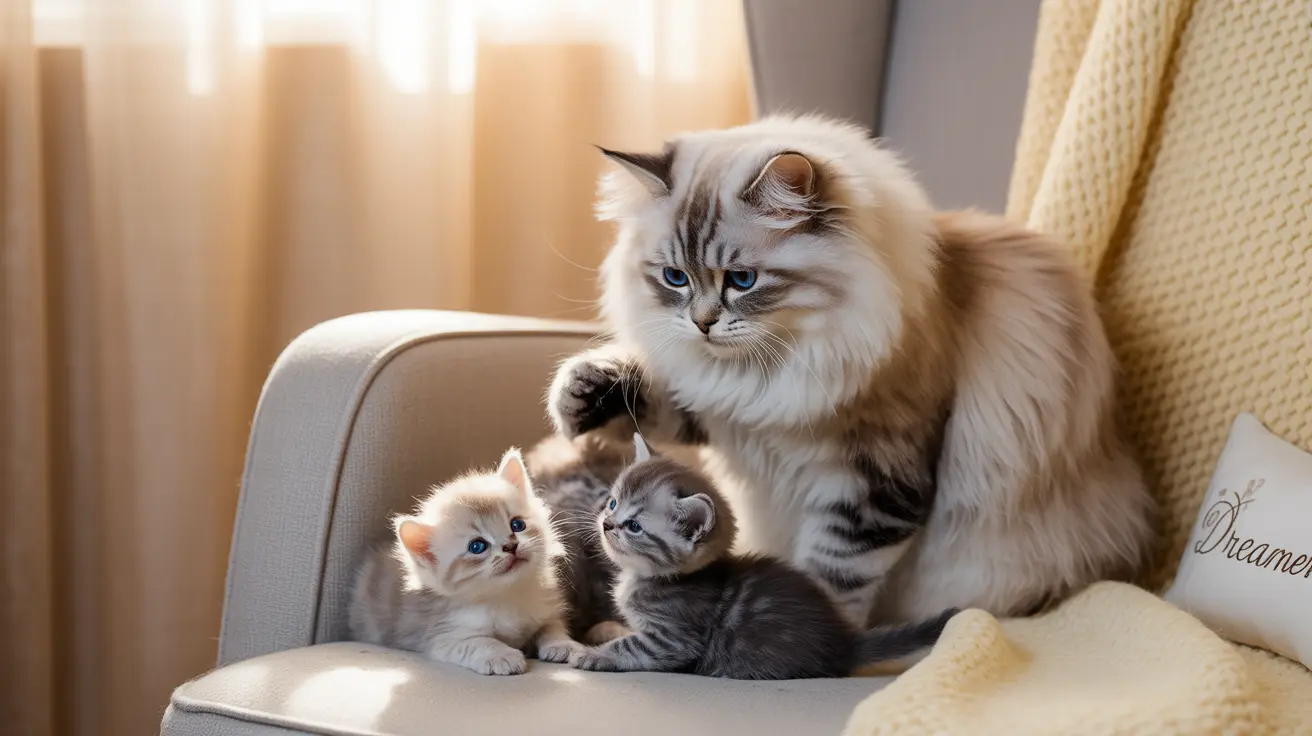For cat owners and animal welfare advocates, understanding feline reproduction is crucial. Cats are remarkably prolific breeders, capable of producing multiple litters throughout the year. This comprehensive guide explores the frequency of cat pregnancies, their reproductive cycle, and important considerations for pet owners.
Whether you're a concerned pet owner or simply curious about feline reproduction, knowing how often cats can become pregnant helps promote responsible pet ownership and prevent unwanted litters. Let's dive into the fascinating world of feline reproduction.
Understanding the Cat Reproductive Cycle
Female cats, known as queens, are seasonally polyestrous, meaning they experience multiple heat cycles during breeding season. In temperate regions, this typically occurs from January through late fall. However, indoor cats may cycle year-round due to artificial lighting and controlled temperatures.
A cat's heat cycle usually lasts about three weeks, though it can vary from one to six weeks. During this time, cats display distinctive behaviors including increased vocalization, restlessness, and heightened affection.
Pregnancy Frequency in Cats
Cats can theoretically become pregnant up to five times per year, though this is extremely rare and potentially dangerous. The typical gestation period lasts 63-65 days, and cats can become pregnant again shortly after giving birth – even while still nursing their current litter.
Most cats naturally produce one to three litters annually under typical conditions. However, responsible breeding guidelines strongly recommend limiting cats to no more than one or two litters per year to protect their health.
Health Implications of Multiple Pregnancies
Frequent pregnancies can take a severe toll on a cat's health. Each pregnancy depletes vital nutrients and energy reserves, potentially leading to:
- Nutritional deficiencies
- Physical exhaustion
- Increased risk of complications
- Weakened immune system
- Shortened lifespan
Professional breeders typically limit queens to 3-4 total litters during their lifetime to maintain optimal health and prevent complications.
Preventing Unwanted Pregnancies
The most effective way to prevent unwanted pregnancies is through spaying. This surgical procedure not only prevents pregnancy but also reduces the risk of certain cancers and eliminates heat-related behaviors.
For unspayed cats, strict indoor confinement can help prevent pregnancy, though determined cats in heat may still find ways to escape. It's essential to keep unspayed females separated from male cats until they can be spayed.
Responsible Pet Ownership
Understanding feline reproduction capabilities helps emphasize the importance of responsible pet ownership. With millions of cats entering shelters annually, preventing unwanted litters through spaying and neutering is crucial for controlling the pet population.
If you have an unspayed female cat, consult with your veterinarian about the best time to schedule spaying surgery, typically recommended before the first heat cycle.
Frequently Asked Questions
How many times can a cat get pregnant in a year and how frequently do their heat cycles occur?
Cats can technically become pregnant up to five times per year, with heat cycles occurring every 2-3 weeks during breeding season. However, most cats naturally produce 1-3 litters annually.
What is the typical gestation period for cats and how soon can a cat become pregnant again after giving birth?
The typical feline gestation period is 63-65 days. Cats can become pregnant again within weeks after giving birth, even while still nursing their current litter.
How many kittens does a cat usually have in one litter, and what factors influence litter size?
Cats typically have 3-6 kittens per litter. Factors affecting litter size include the mother's age, health, genetics, and breeding experience. First-time mothers usually have smaller litters.
What health risks are associated with frequent pregnancies in cats and how many litters are recommended for a cat's wellbeing?
Frequent pregnancies can lead to nutritional deficiencies, physical exhaustion, and increased health complications. Veterinarians recommend limiting cats to 1-2 litters per year and 3-4 litters total in their lifetime.
What are the best ways to prevent unwanted pregnancies in female cats and control cat overpopulation?
Spaying is the most effective method to prevent unwanted pregnancies. Other measures include keeping unspayed females indoors and separated from male cats until they can be spayed.






